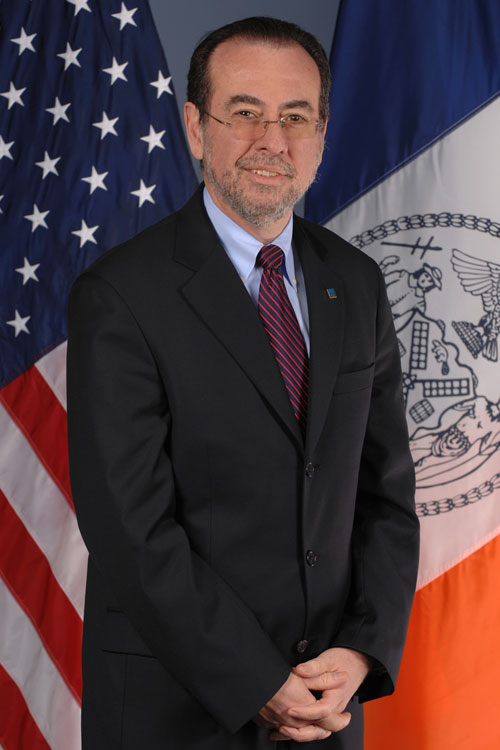The Patient Protection and Affordable Care Act—the health care reform law that Congress passed this year—will extend health coverage to almost 35 million people who may have relied on public hospitals and clinics for their care when they were uninsured or underinsured. But what will happen to them once the uninsured are covered and have a wider range of choices for care?
This question is complicated by cutbacks in federal, state, and local funding for safety net hospitals and clinics. One month ago, Alan Aviles, president of New York City’s Health and Hospital Corporation (HHC) testified before a New York City Council executive budget hearing on the corporation’s plans to reduce spending by $600 million from a system that has a $1.2 billion deficit. Cuts extend across all areas, including corporate-level nursing, physicians, maintenance services, and others. More cuts may be forthcoming as the state and city tighten their belts.
What are the implications of these cuts? Here are just two.
First, we still have millions of uninsured and underinsured and, while the new health care reform law will reduce these numbers, it won’t cover everyone. If safety net facilities close as their patients become insured and go to private facilities, where will undocumented immigrants get health care? This is a humanitarian concern but it’s also a public health issue since communicable diseases care nothing of citizenship. And a change in the political climate in the future could roll back gains in insurance coverage—then where will people go for health care? Imagine Bellevue Hospital closing. Will other hospitals be able to expand their capacity? Aviles says that no patient will be turned away and HHC will close no hospitals. But that’s today’s message, not tomorrow’s.
Second, over 2,400 positions will be eliminated through layoffs or attrition. During a time when jobs are scarce, those who have been laid off will join the ranks of the unemployed with few immediate prospects. I was concerned that all of the corporate level nursing staff was cut, including chief nurse officer Marie Ankner. Today, best practice in health care systems is to have a chief nurse officer at the corporate level to ensure integration of nursing services across facilities, provide a vision for promoting excellence in nursing care, and to seize opportunities for cross-facility initiatives. HHC Director of Media Relations Pamela McDonnell told me that a chief nursing executive is being hired for the corporate office.
It sounds like Aviles has little choice. Certainly, these are difficult financial times. But it will take close monitoring to ensure that essential services to protect the public and provide the fundamental elements of health care are preserved in what is probably the nation’s largest public health care system.
Diana J. Mason, PhD, RN, FAAN








